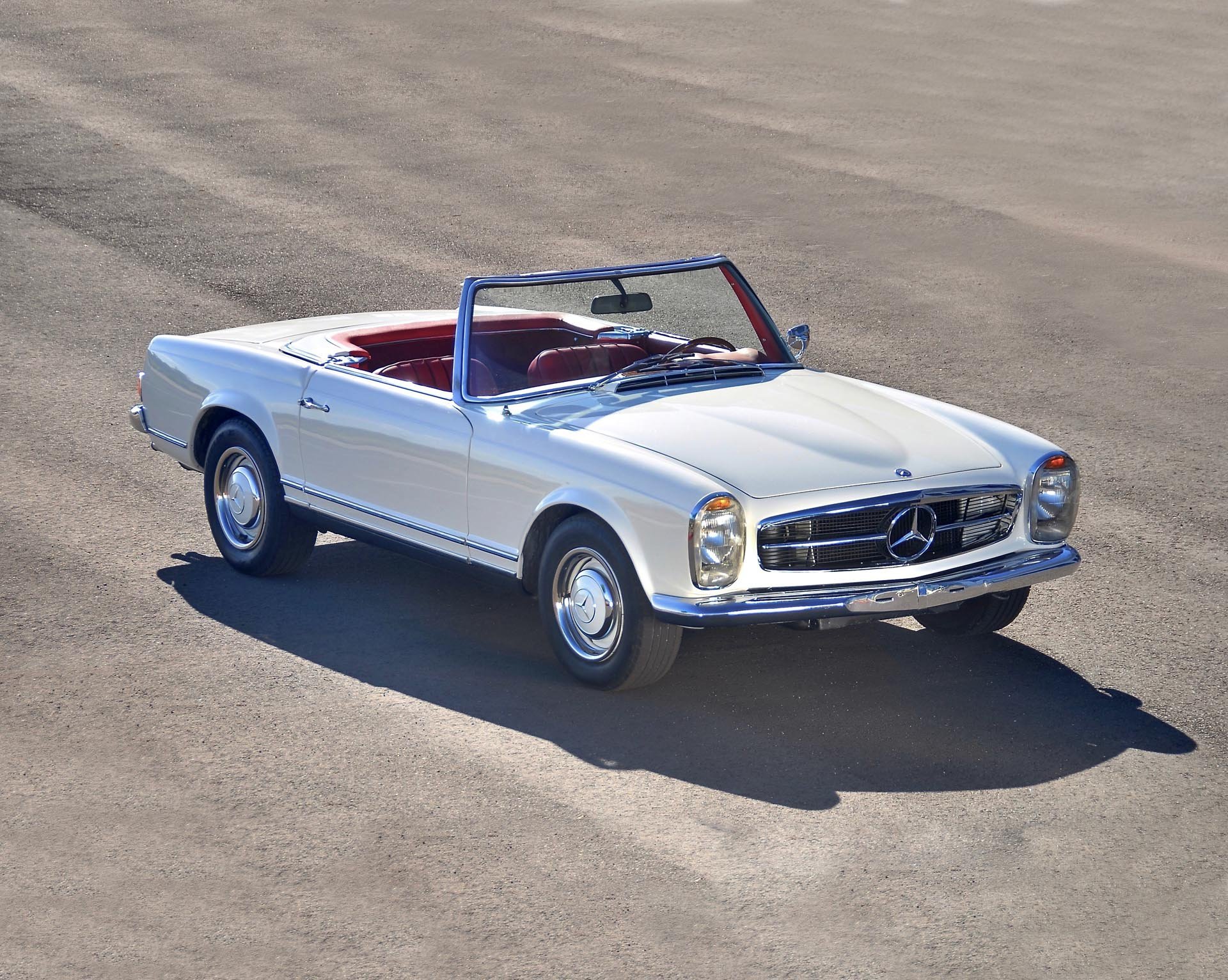Signs It’s Time to Replace Your Car Filters: A Maintenance Guide
December 1st, 2024 by ksrussellCar filters play a crucial role in maintaining your vehicle’s performance, efficiency, and longevity. These unsung heroes of the automotive world keep harmful debris, contaminants, and pollutants from entering critical systems in your car. However, like any component, filters wear out over time and need replacement to function effectively.
This guide highlights the key signs that indicate it’s time to replace your car filters, ensuring your vehicle stays in top shape.
1. Air Filter
The air filter prevents dirt, dust, and debris from entering your engine while allowing clean air to flow for combustion. A clogged air filter can reduce engine efficiency and lead to performance issues.
Signs It’s Time to Replace Your Air Filter
- Reduced Fuel Efficiency: A dirty air filter can restrict airflow, causing the engine to work harder and consume more fuel.
- Engine Misfires or Rough Idling: Insufficient air intake can disrupt the air-fuel mixture, leading to incomplete combustion.
- Reduced Acceleration: A clogged filter can limit the engine’s ability to generate power, making your car feel sluggish.
- Visible Dirt and Debris: Inspect the air filter. If it looks clogged or dirty, it’s time for a replacement.
2. Oil Filter
The oil filter removes contaminants from engine oil, ensuring proper lubrication of engine components. Over time, the filter becomes saturated with debris, reducing its effectiveness.
Signs It’s Time to Replace Your Oil Filter
- Decreased Engine Performance: A clogged oil filter can restrict oil flow, leading to increased friction and wear.
- Engine Overheating: Poor oil circulation caused by a dirty filter can cause the engine to overheat.
- Dirty Oil: If your engine oil appears thick and dark even after a recent change, the filter may be failing to do its job.
3. Fuel Filter
The fuel filter removes impurities from the fuel before it reaches the engine. A clogged fuel filter can disrupt the fuel supply, causing performance issues.
Signs It’s Time to Replace Your Fuel Filter
- Difficulty Starting the Car: A clogged filter can limit fuel delivery, making it hard to start the engine.
- Engine Stalling or Hesitation: Intermittent fuel flow can cause your engine to stall or hesitate during acceleration.
- Decreased Power: A dirty filter may result in reduced engine power, especially when climbing hills or towing.
- Unusual Sounds from the Fuel Pump: A struggling fuel pump may indicate a clogged fuel filter.
4. Cabin Air Filter
The cabin air filter ensures clean air circulation inside your car’s interior by filtering out dust, pollen, and other allergens.
Signs It’s Time to Replace Your Cabin Air Filter
- Unpleasant Odors: A musty smell in your car may be caused by a clogged or moldy cabin air filter.
- Reduced Airflow: If your air conditioner or heater isn’t blowing as strongly as it used to, the cabin filter may be obstructed.
- Increased Allergies: More dust or pollen inside the cabin can mean your filter is no longer effective.
When to Replace Car Filters
While specific timelines vary by vehicle and driving conditions, here are general recommendations:
- Air Filter: Every 12,000–15,000 miles or once a year.
- Oil Filter: With every oil change (typically 3,000–7,500 miles).
- Fuel Filter: Every 20,000–40,000 miles.
- Cabin Air Filter: Every 12,000–15,000 miles or annually.
Always refer to your vehicle’s owner’s manual for manufacturer-specific recommendations.
Tips for Replacing Car Filters
- DIY or Professional Help: Some filters, like the cabin air filter, are easy to replace yourself. Others, like the fuel filter, may require professional assistance.
- Choose Quality Filters: Opt for high-quality replacements to ensure longevity and optimal performance.
- Inspect Regularly: Routine inspections can help you identify early signs of wear and tear.
Replacing your car filters at the right time is essential to maintaining vehicle performance and avoiding costly repairs. By recognizing the signs of a dirty or failing filter, you can take proactive steps to ensure your car runs smoothly and efficiently. Whether it’s the air, oil, fuel, or cabin air filter, keeping these components in good condition will save you time, money, and headaches on the road.
Stay vigilant, schedule regular maintenance, and keep your car filters clean for a hassle-free driving experience!

